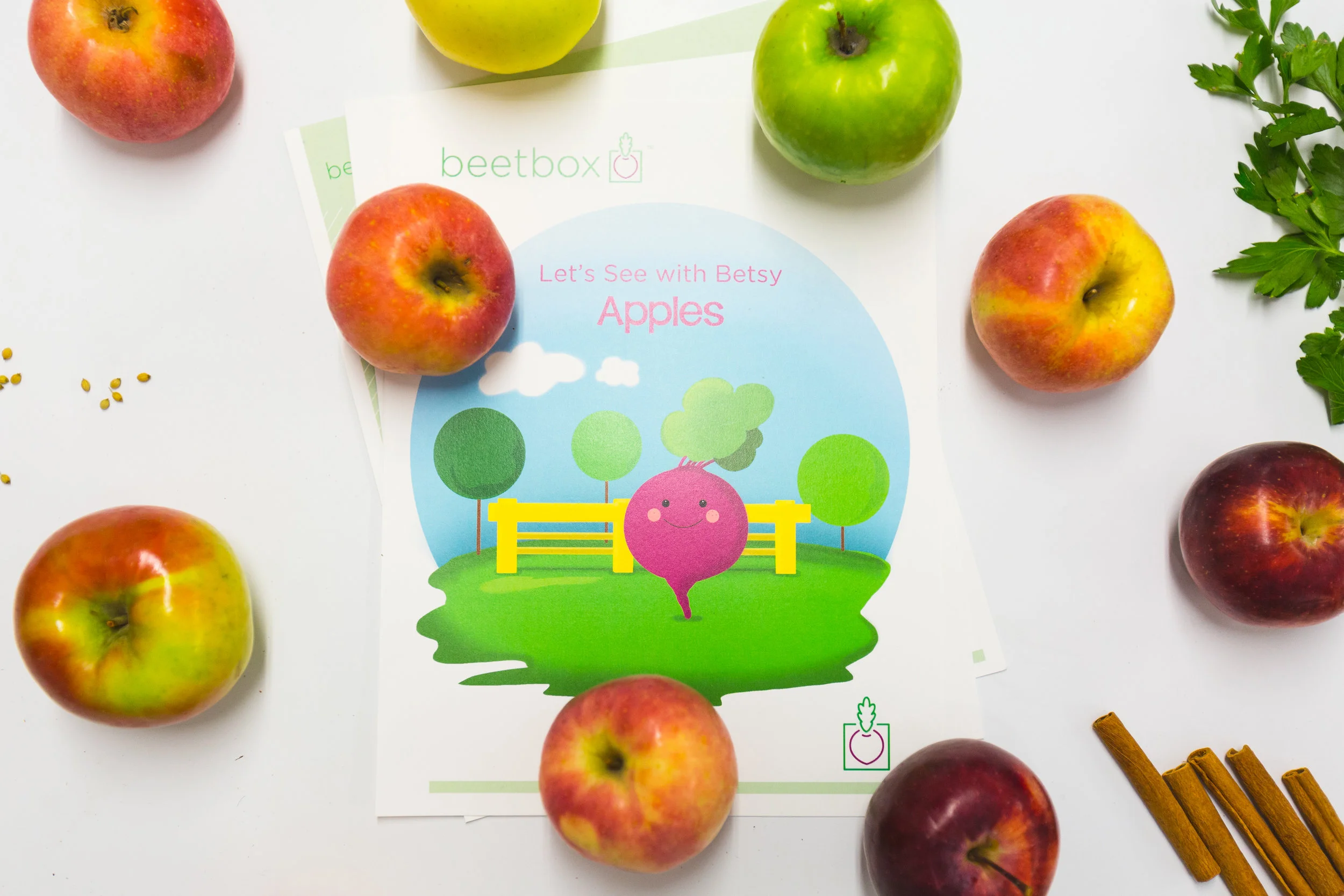10 Ways to Control an Unruly Class
You asked, and we listened! The most common question we get from educators writing into our blog is: “How can I control my difficult classroom!?” And while there might not be a “one size fits all” fix, there are a few things you can do to help yourself out. It’s worth mentioning that parent involvement ISN’T on the list (as our intention is to give teachers in-class solutions) but alerting parents to behavioral issues or disruptive tendencies is a must.
1. Be the boss
Think of yourself as the commander in chief! This means, when you speak, they listen. Establish clear rules for what it really means to be listening and explain clearly to the children. What does it mean to be listening? It could mean eyes on the teacher, sitting down, with their hands on their lap. This will be their signal to you that they’re fully ready to listen. Include a directive, like the ring of a bell, or a clap 3 times to alert children that it’s time to get their bodies and ears ready for listening.
You can also easily open the lines of communication by telling them something interesting about your day, or asking them a question to get them eager. For example, “What did everyone have for breakfast this morning? I had cereal and an apple! Did anyone else?” They’ll surely want to share, and from there your classroom will be easier to command, and they’ll be open and ready to start learning afterward. Remember to wait until everyone is seated, and meeting your listening criteria before you start an activity or lesson.
2. Redirect Attention
If students aren’t paying attention or busy with other things, get them focused by using nonverbal signals of disapproval. If they are talking, pause and look toward them. If in front of the class, continue with the lesson but walk toward the problem students and stop near their seats, while still teaching. Having you so near usually shuts off the unwanted activity as the rest of the class’s attention is directed toward the misbehaving students. If there is an active discussion going, direct a question to the student who is not paying attention or misbehaving. For example, say “Leah, would you agree that the yellow apple has the highest density?” Hearing her name and the question will prompt Leah to pay attention without the embarrassment of a negative redirection, which could have a negative affect on her, and decrease her chance of participating in the next lesson or discussion. Calling a student by name (especially in the vicinity of their friends, if they’re an older student) is a sure fire way to make sure you’ll have their attention. If the previous measures are ignored, or intentionally disregarded, the next step will be implementing a physical redirection or consequences, such as having them sit in a different part of the classroom, or the delay of a fun activity. class or changing their seat.
3. Let the children call the shots...sometimes!
With choice comes freedom, and with freedom comes children feeling like they’re part of something important, and respected. That’s why we like letting children help in making choices, for example, the daily schedule, or where they sit. At the beginning of the school year, allow children to sit where they’d like for one week. want for a few days. After that week, allow children to choose where they sit, and announce that where they sit, will be there will stay for the remainder of the month, next 3 months, or year, depending on age. When students are able to make this choice, they feel “ownership” and tend to behave well in order to avoid being moved.
4. Give Incentives to Do Their Best
Like most of us, children sometimes just don’t feel like “giving it their all” or putting their best foot forward. While we would all love to give our students as much flexibility and patience as we want, realistically speaking, there aren't enough hours in the day. Ideally, we want to be able to regularly hard and reinforce positive behaviors, so much so, that it’s possible for us to ignore the negative ones. Focus on the top 3 things you notice your students having trouble with that day. Is it lining up for class? Encourage children to work as a team to line up quickly by offering a reward for doing so quietly, in 1 minute or less. Use an egg or hourglass timer, and if they accomplish the task, everyone gets to pick a reward from the reward jar (could be stickers, an eraser, pennies, you name it). With the added pressure of their friends’ reward on the line, children are more likely to be better listeners. Working with older students? Come up with a system that rewards children on an ongoing basis for their good behavior, like “behavior bucks” that they can turn in for prizes like extra recess time or computer time, even extra credit.
5. Keep an Eye Out
Eye contact goes a long way. When speaking, try your best to position yourself so that you can make eye contact with each of the children as you make an announcement or teach. Doing so reinforces structure and routine, as students come to expect to have your attention while they give you theirs. When children are aware they’re being watched, they’re much less likely to misbehave. When you’re not teaching, be mindful of any “blindspots” in your classroom that make it difficult for you (but easy for unruly children) to commit classroom crimes. This could be anything from a bookshelf to a row of cubbies. We want to trust our students to make the best choices when our attention isn’t 100% dedicated to them, but it’s also a good idea to lessen the temptation by creating an open space.
6. Establish Consequences for Misbehaving
Good classroom management starts the first day of school. Once students learn there will be consequences for misbehavior, they usually come around.
Here are three steps to help you set up consequences:
Determine what consequences will be effective with your group of students. Ask yourself what students don’t want to have happen—for example, older students won’t be happy about having their parents called, or being moved from a seat they've chosen. Younger children will become upset without their favorite toy during free play. The reverse is also true, if you can figure out what students really want and love Classroom management doesn't have to be negative.)
Tell students that there will be consequences for misbehavior, and clearly explain the consequences so that they’re understood. Children should also verbally confirm they understand. Follow through with consequences for misbehavior. Show students that you are serious and they will take you seriously.
As hard it might be, always make sure to follow through with your consequences. Giving a child “on more chance” can really be a mistake. Kids take us seriously and learn to trust what we say. They learn right from wrong as well as the importance of holding themselves accountable for their actions. ... When done with respect, following through with consequences isn't about “punishments,” but providing the boundaries kids need to learn and grow.
Use logical consequences: One of the best ways to teach our students to accept responsibility is to use logical consequences. This means teaching children why and how we make good decisions, rather than simply punishing them for a negative one. An example could be if a student ripped up their friend’s artwork in anger. A logical consequence could be for the student to apologize to their friend, listen to how it made the friend feel, and offer to help their friend repair or re-create their picture. Then, follow up with another way to express their anger for the future, like stomping their feet or counting to ten.
Getting a difficult classroom under control can feel like a marathon, not a sprint! But it’s important to remember to stick to your structure, your rules, and follow through with consequences. You’ll find you’re reaching little milestones here and there, so make sure you pat yourself on the back for sticking it out.














